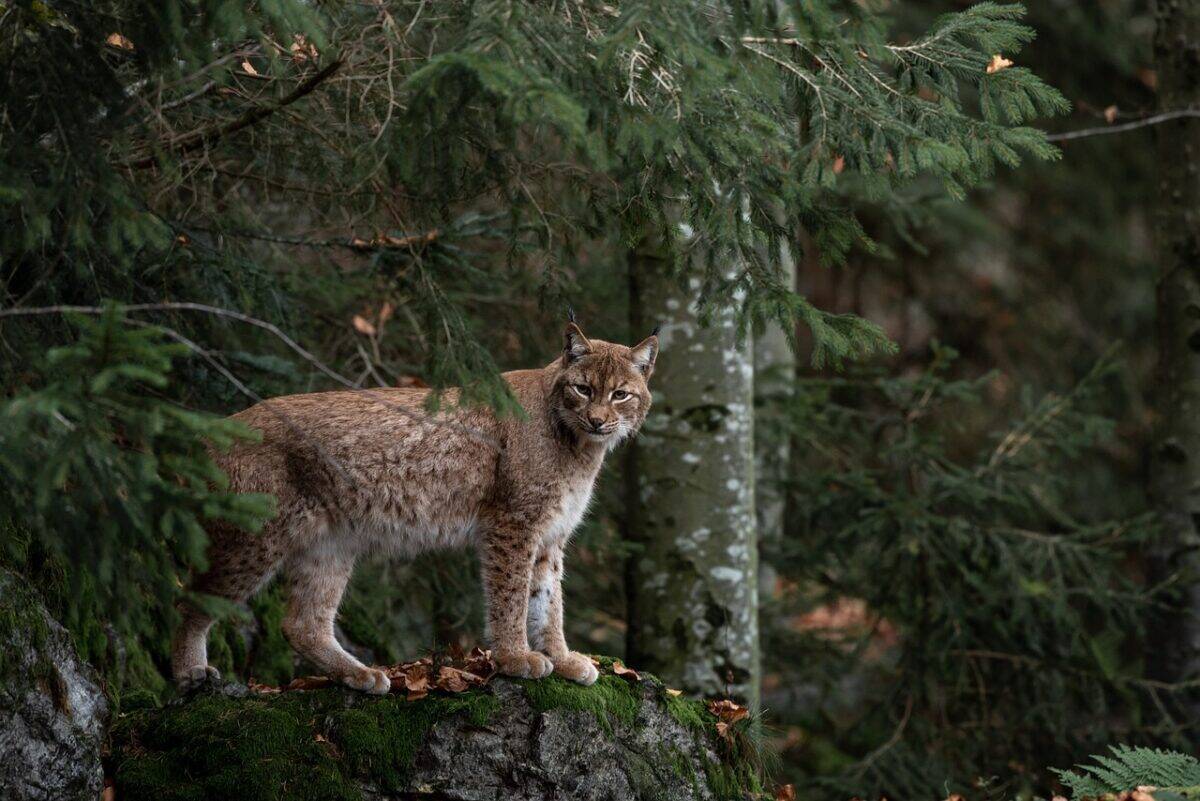North Carolina and South Carolina form a diverse ecological tapestry where wildlife flourishes across mountains, piedmont regions, coastal plains, and maritime environments. Unlike migratory species that visit seasonally, many remarkable animals make the Carolinas their permanent home, adapting to the region’s varied climate and landscapes throughout all four seasons. From the majestic black bears of the Appalachian Mountains to the ancient alligators patrolling coastal waterways, these year-round residents have developed fascinating strategies to thrive in changing conditions. This article explores the diverse wildlife that calls the Carolinas home permanently, examining their habitats, behaviors, and ecological importance in this biologically rich corner of the southeastern United States.
The Ecological Diversity of the Carolinas

The Carolinas boast an impressive range of habitats that support year-round wildlife populations. From the Blue Ridge Mountains in the west to the coastal plains and barrier islands in the east, these states encompass five distinct ecological regions. This geographical diversity creates numerous microclimates and specialized habitats that allow different species to thrive throughout all seasons. The region’s mild climate, abundant rainfall, and varied topography combine to create one of the most biologically diverse areas in the United States.
This ecological richness supports remarkable biodiversity, with North Carolina alone home to approximately 700 vertebrate species, over 17,000 insect species, and more than 3,000 plant species. South Carolina adds to this biological wealth with its expansive wetlands, old-growth forests, and coastal ecosystems. Together, these states provide critical habitat for numerous endemic species found nowhere else, making the Carolinas a vital region for conservation efforts and wildlife observation year-round.
Black Bears: The Iconic Mountain Residents
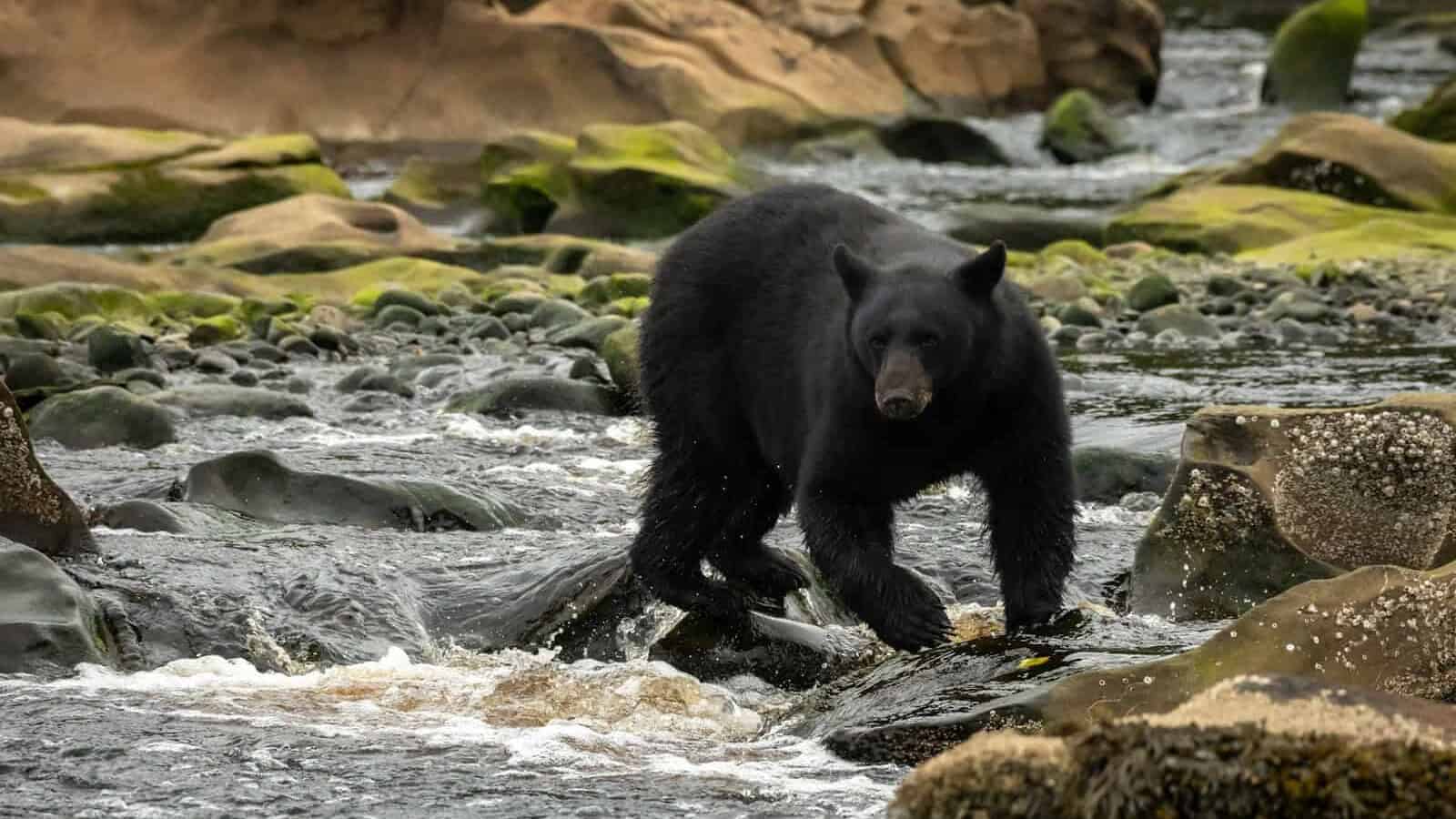
The American black bear (Ursus americanus) represents one of the Carolinas’ most impressive year-round residents, particularly in the western mountainous regions. Unlike bears in more northern latitudes, Carolina black bears don’t undergo true hibernation but instead enter a state of torpor during winter months, where their metabolic rate decreases but they remain somewhat active. This adaptation allows them to take advantage of the region’s relatively mild winters. North Carolina hosts approximately 15,000-20,000 black bears, representing one of the healthiest populations in the southeastern United States.
These omnivorous mammals display remarkable adaptability, adjusting their diets seasonally from spring vegetation and berries to nuts and insects. In fall, bears enter hyperphagia—a feeding frenzy where they consume up to 20,000 calories daily to prepare for winter. While primarily concentrated in the mountains and coastal plain, black bear populations have been expanding into the piedmont region in recent years, demonstrating their resilience and adaptability. Despite occasional human conflicts, these animals play a crucial role in seed dispersal and ecosystem maintenance throughout the Carolinas.
White-tailed Deer: Masters of Adaptation
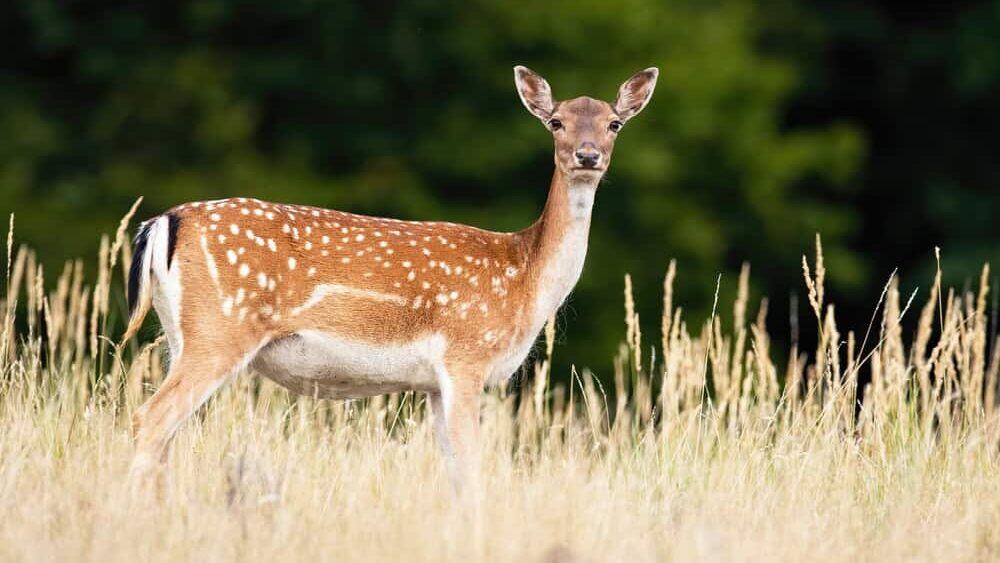
White-tailed deer (Odocoileus virginianus) thrive year-round throughout the Carolinas, having successfully adapted to virtually every habitat type from remote wilderness to suburban environments. These resilient ungulates adjust their behaviors seasonally, modifying feeding patterns, social structures, and movement based on available resources. During spring and summer, deer consume lush vegetation and agricultural crops, while fall and winter diets shift to include more nuts, woody browse, and fungi. With population estimates exceeding 1.25 million across both states, deer represent one of the region’s conservation success stories after near-extirpation in the early 20th century.
The white-tailed deer’s remarkable adaptability allows it to persist through all seasons in the Carolinas without migration. Their physical adaptations include growing thicker winter coats and altering metabolic rates to conserve energy during colder months. The species’ reproductive strategy is precisely timed to the region’s seasons, with breeding occurring in fall (the “rut”) and fawns typically born in late spring when resources are abundant. This synchronization with local environmental conditions helps ensure the continued success of this iconic species across the varied landscapes of North and South Carolina.
Eastern Gray Squirrels: Urban and Forest Survivors
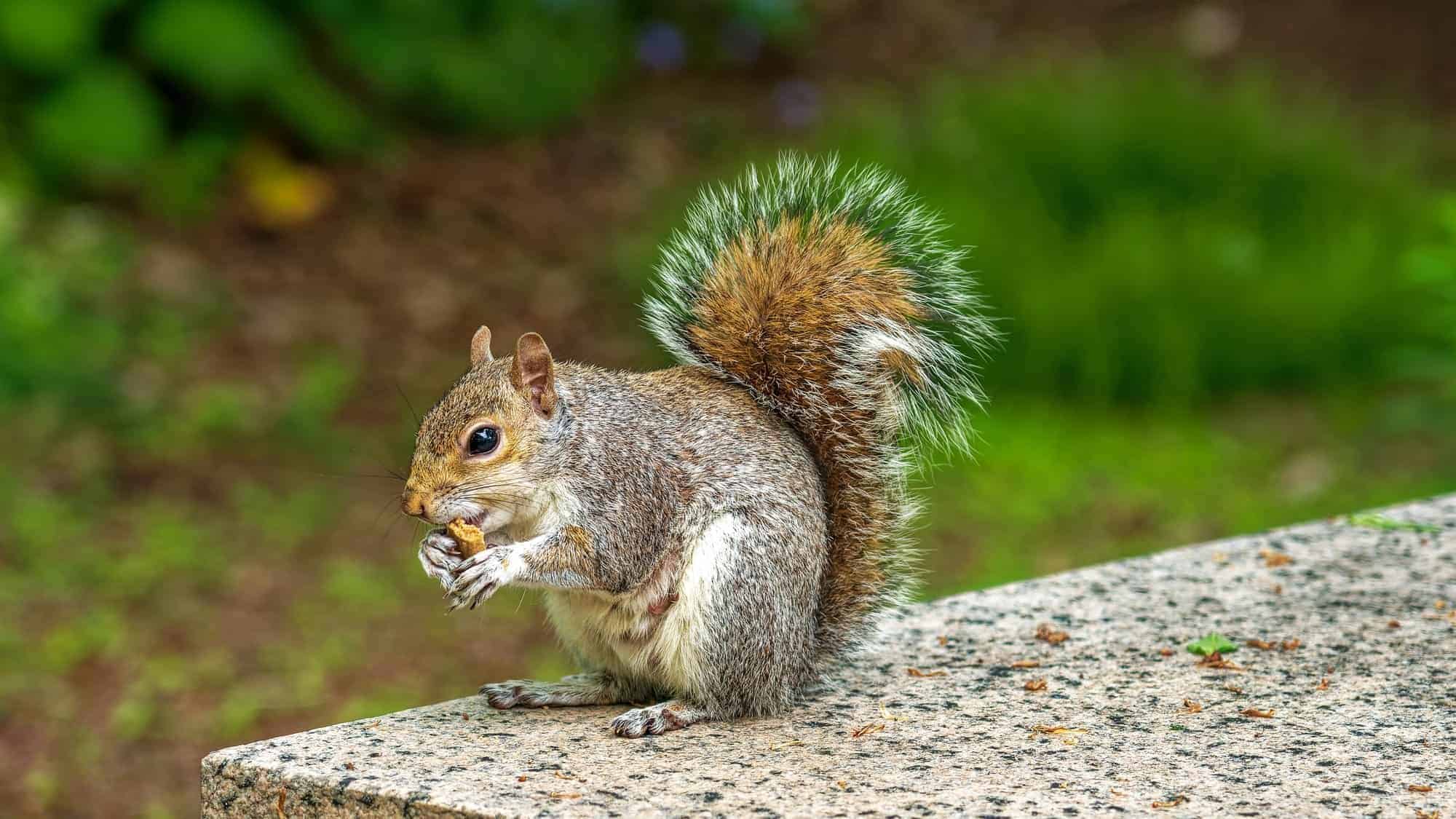
The eastern gray squirrel (Sciurus carolinensis) represents one of the most visible year-round wildlife residents across the Carolinas. These adaptable rodents thrive in environments ranging from pristine hardwood forests to urban parks, demonstrating remarkable versatility in habitat selection. Unlike some mammals that migrate or hibernate, gray squirrels remain active throughout all seasons, though they may reduce activity during extreme weather. Their success stems largely from their caching behavior—burying thousands of nuts and seeds each fall as winter food reserves, inadvertently becoming important agents of forest regeneration when some caches remain unclaimed.
Eastern gray squirrels have developed specific seasonal adaptations to thrive in the Carolinas’ variable climate. They build two distinct types of nests: summer leaf nests (dreys) for warmer months and more insulated winter dens, often in tree cavities. Their reproductive patterns align with resource availability, typically producing two litters annually—one in early spring and another in mid-summer. Their ubiquitous presence across urban, suburban, and forest landscapes makes them important ecological connectors, dispersing seeds and creating habitat for other species while adapting to human-altered environments with remarkable success.
American Alligators: Ancient Reptilian Residents
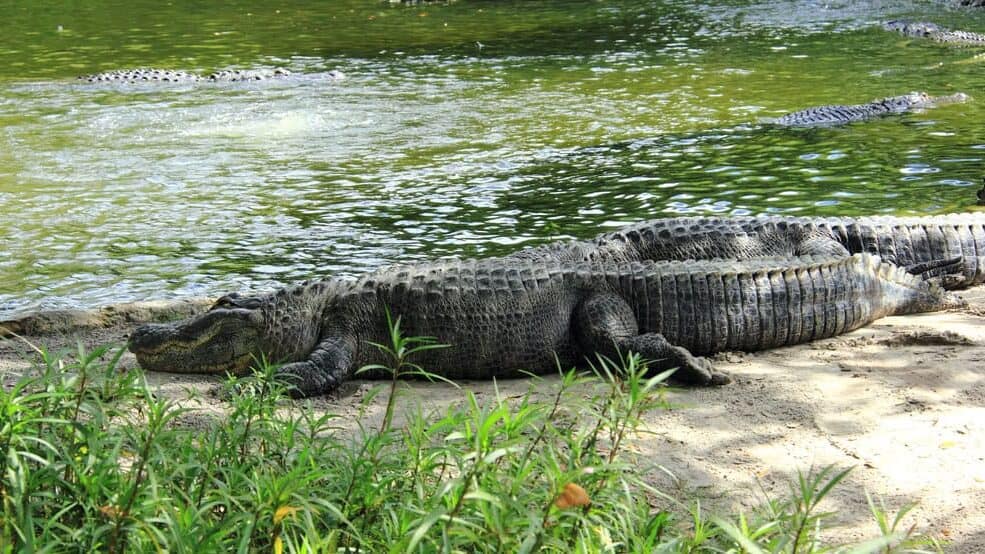
The American alligator (Alligator mississippiensis) represents one of the Carolinas’ most ancient year-round residents, inhabiting the coastal plains and wetlands primarily in South Carolina and southeastern North Carolina. These remarkable reptiles, essentially living fossils that have remained largely unchanged for millions of years, have developed specialized adaptations for surviving seasonal changes. During winter, alligators enter a state of brumation—a reptilian version of dormancy—where they reduce activity and metabolic rates but do not truly hibernate. They create “gator holes” by clearing vegetation and mud, which become crucial water reservoirs during dry periods and provide habitat for numerous other species.
The northern range of American alligators extends precisely to the Carolinas’ coastal regions, making this area a fascinating study in reptilian cold-tolerance. Adult alligators can survive brief periods of freezing by extending their snouts above ice, allowing them to continue breathing while their bodies remain in warmer water below. Breeding occurs in spring, with females constructing elaborate nests of vegetation that generate heat through decomposition. After recovering from near-extinction in the mid-20th century due to overhunting, Carolina alligator populations have rebounded to healthy levels, with estimates suggesting approximately 100,000-200,000 individuals across both states, contributing to the region’s ecological balance year-round.
Red and Gray Foxes: Adaptable Predators
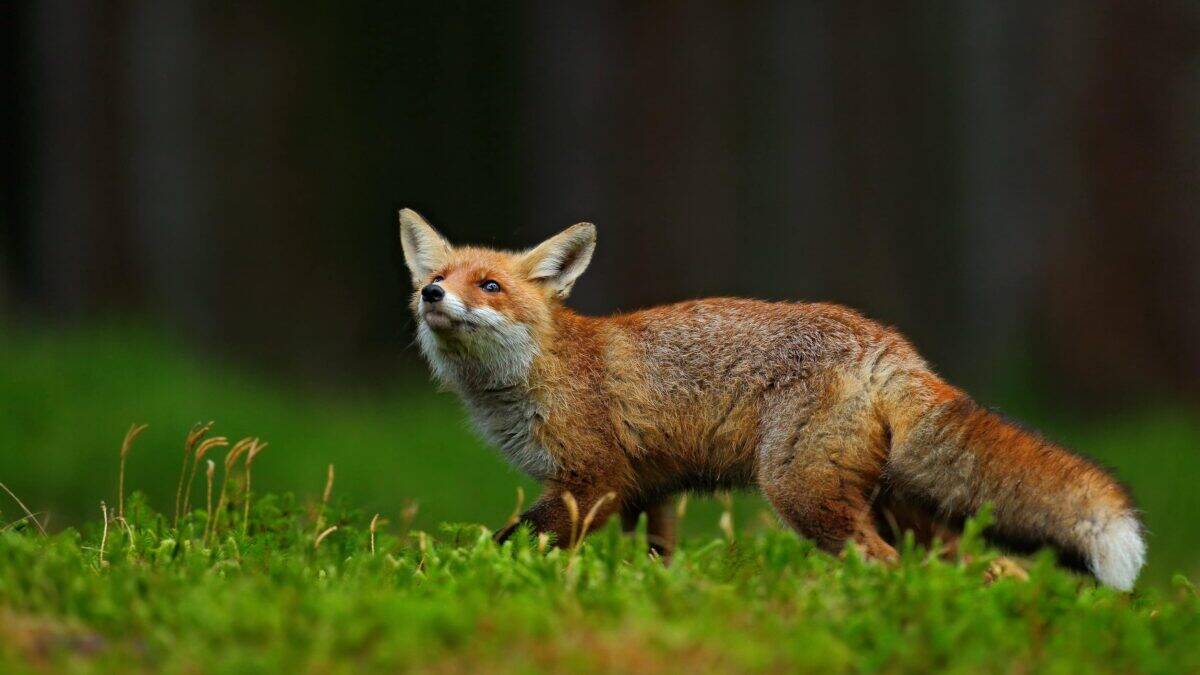
Both red foxes (Vulpes vulpes) and gray foxes (Urocyon cinereoargenteus) maintain year-round residence throughout the Carolinas, exhibiting different yet complementary ecological strategies. The native gray fox demonstrates a unique ability among canids to climb trees, an adaptation that helps it escape predators and access additional food sources. Meanwhile, the red fox—though introduced to the eastern United States during colonial times—has established itself as a successful year-round resident through its extreme adaptability. Unlike many mammals, neither species hibernates or migrates, instead developing thicker winter coats and adjusting their hunting strategies seasonally.
These medium-sized predators play crucial ecological roles across various Carolina habitats from mountains to coast. Their omnivorous diets shift seasonally from spring insects and berries to autumn fruits and winter rodents, helping to control pest populations year-round. Both species maintain defined territories that vary in size based on resource availability, typically 2-7 square miles in the Carolinas. Though facing challenges from habitat fragmentation and competition with coyotes, fox populations remain stable throughout the region, adapting to human development by establishing territories in suburban and even urban environments while maintaining their important ecological functions.
Eastern Box Turtles: The Forest Floor Wanderers
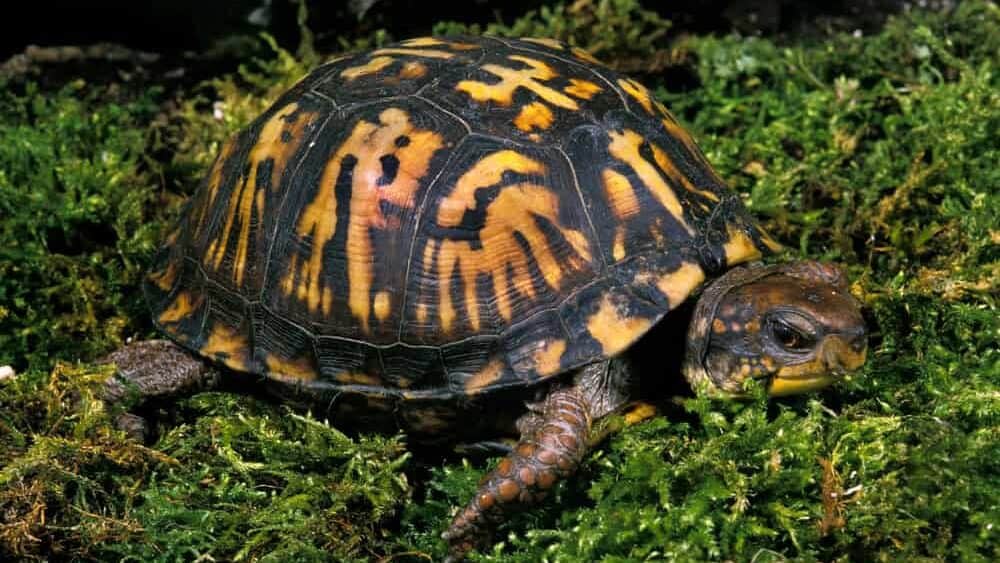
The eastern box turtle (Terrapene carolina carolina) represents one of the Carolinas’ most beloved reptilian residents, maintaining year-round presence in forests, meadows, and wetland edges across both states. Unlike aquatic turtles, these terrestrial chelonians spend their entire lives on land, developing unique adaptations for surviving the region’s seasonal changes. During winter, box turtles enter brumation, burrowing several inches into soil and leaf litter where they remain protected from freezing temperatures. Their distinctive hinged plastron (lower shell) allows them to completely close their shell for protection, a feature that helps them survive predator encounters and environmental challenges throughout the year.
Eastern box turtles exhibit remarkable site fidelity, often living their entire lives (which can exceed 100 years) within an area of just a few acres. Their population density in suitable Carolina habitats typically ranges from 2-10 turtles per acre. These slow-moving reptiles follow seasonal patterns in their activities, emerging from winter brumation when soil temperatures reach approximately 50°F, usually in March or April. Their diet shifts seasonally from spring mushrooms and berries to summer insects and fall fruits. Unfortunately, box turtle populations face significant challenges from habitat fragmentation, road mortality, and collection for the pet trade, making conservation efforts crucial for maintaining healthy populations of these ecological engineers that help disperse seeds and control insect populations throughout the Carolinas.
Great Horned Owls: Nocturnal Hunters
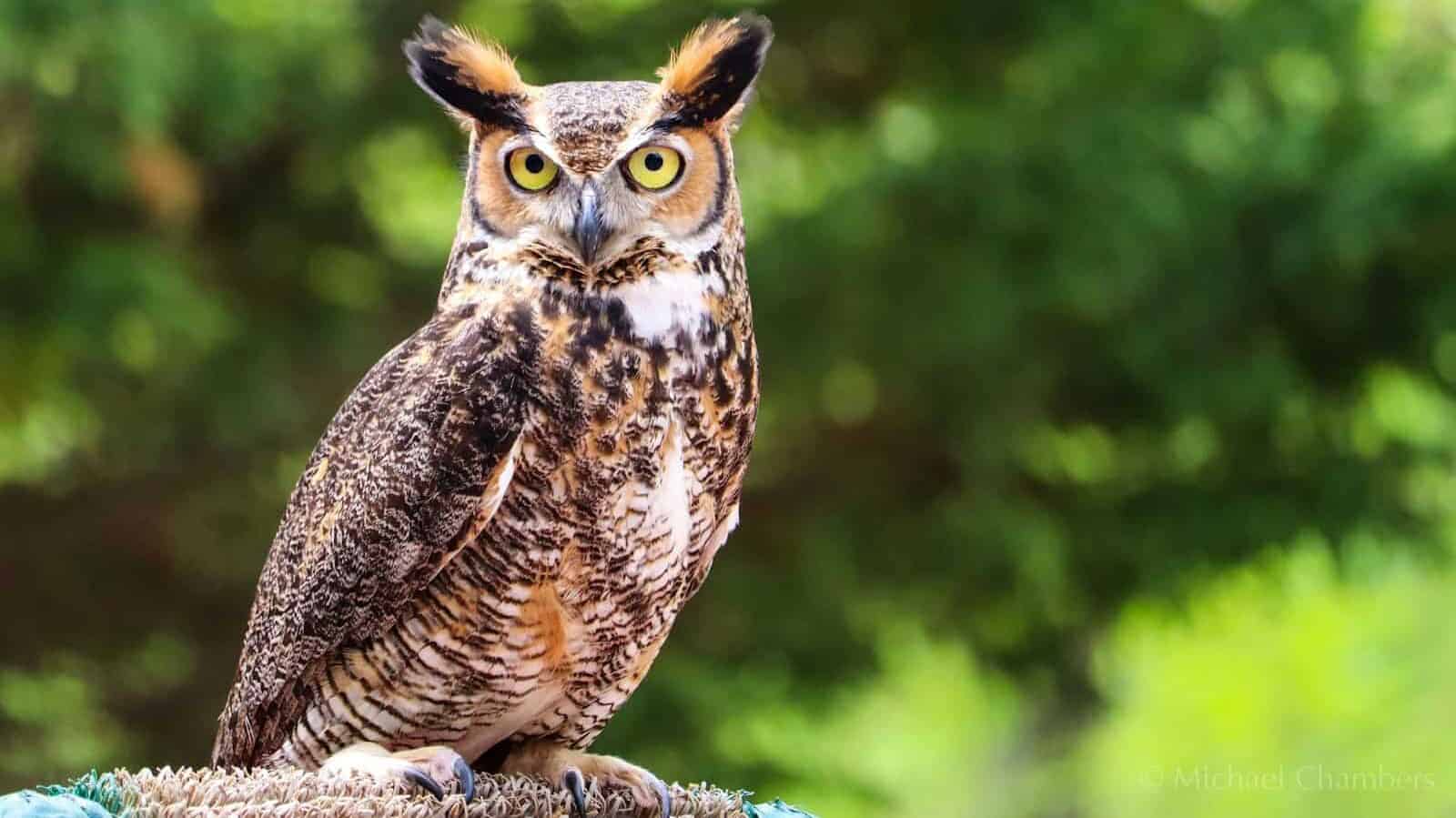
The great horned owl (Bubo virginianus) maintains a year-round presence throughout the Carolinas, from mountain forests to coastal swamps. As one of the region’s most powerful avian predators, these impressive birds adapt to virtually all habitat types, including increasingly urbanized environments. Unlike many bird species that migrate seasonally, great horned owls remain territorial throughout the year, with mated pairs typically maintaining territories of 2-5 square miles. Their remarkable adaptations for year-round residence include exceptionally acute hearing that allows them to locate prey under snow or vegetation, and specialized feathers that enable silent flight regardless of season.
Great horned owls begin their breeding season earlier than most Carolina birds, often courting in December and nesting by January or February. This early reproduction strategy gives their offspring maximum time to develop before the following winter. Their diet encompasses over 200 species of prey, shifting seasonally based on availability but typically focusing on medium-sized mammals like rabbits and rodents. With estimated densities of approximately one pair per 3-5 square miles across suitable habitats, these nocturnal hunters play crucial roles in controlling rodent populations throughout all seasons. Their year-round presence and distinctive hooting calls make them important cultural and ecological fixtures across the diverse landscapes of North and South Carolina.
Bobcats: Elusive Feline Predators
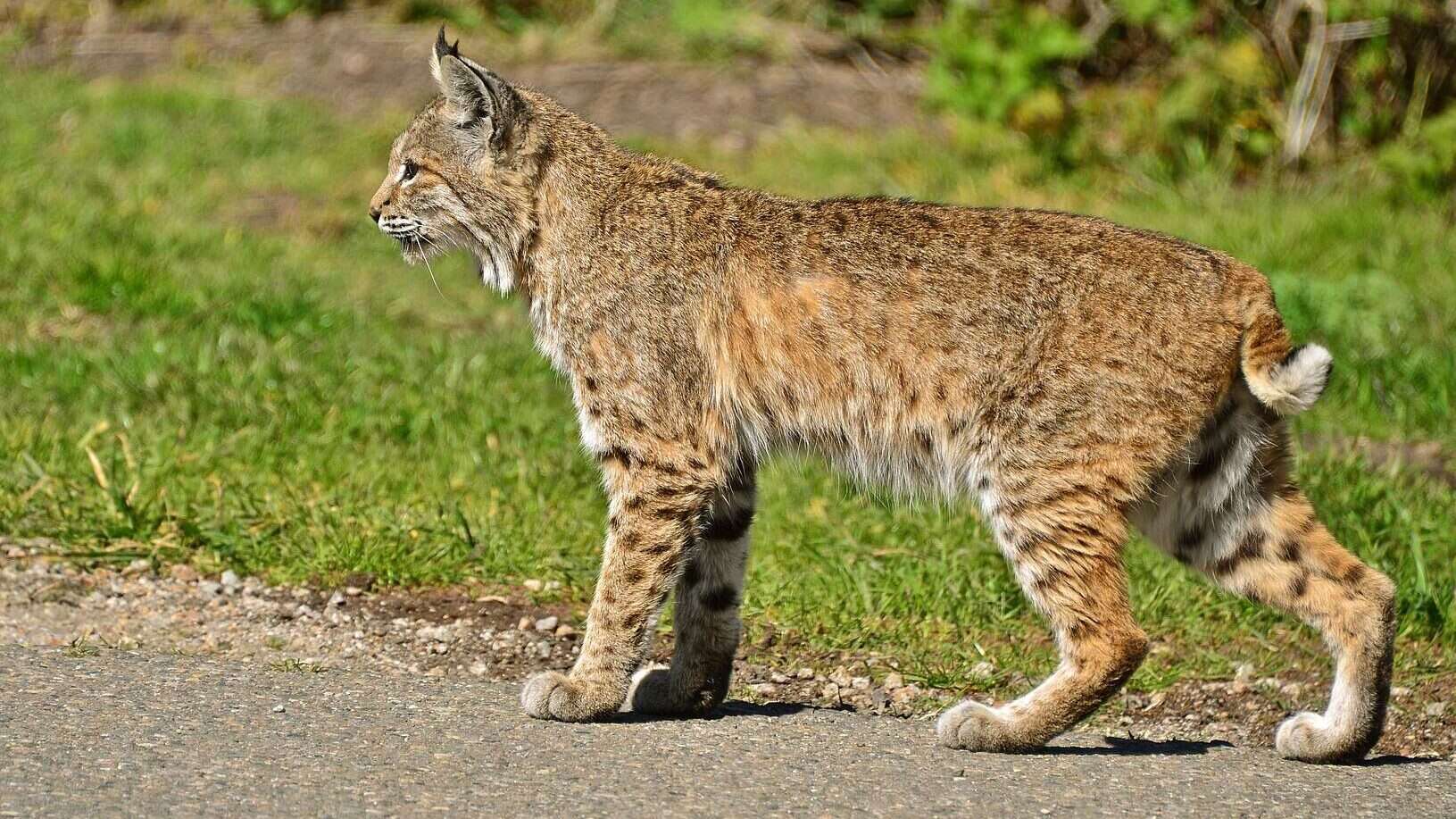
The bobcat (Lynx rufus) maintains a secretive yet persistent presence across the Carolinas, inhabiting everything from remote mountain forests to coastal swamps. Unlike mountain lions that were extirpated from the region, these medium-sized wild cats have successfully adapted to changing landscapes and human development while remaining largely undetected. Bobcats do not hibernate or migrate, instead developing thicker winter coats and adjusting their hunting patterns seasonally. Research indicates healthy populations throughout both states, with density estimates ranging from 1-5 bobcats per 10 square miles, depending on habitat quality and prey availability.
Bobcats play crucial ecological roles as mid-sized predators, helping control populations of rabbits, rodents, and even deer fawns throughout the year. Their hunting activity peaks during dawn and dusk (crepuscular behavior), though this varies seasonally with more daytime activity during winter months. Each bobcat maintains a defined territory marked with scent, typically covering 5-15 square miles in the Carolinas. Their remarkable adaptability allows them to thrive in fragmented habitats and even suburban environments, though they remain primarily nocturnal and rarely seen by humans. Camera trap studies in recent years have revealed surprisingly robust bobcat populations in areas previously thought to be unsuitable, demonstrating these felines’ resilience as year-round Carolina residents.
Coyotes: The Adaptive Newcomers
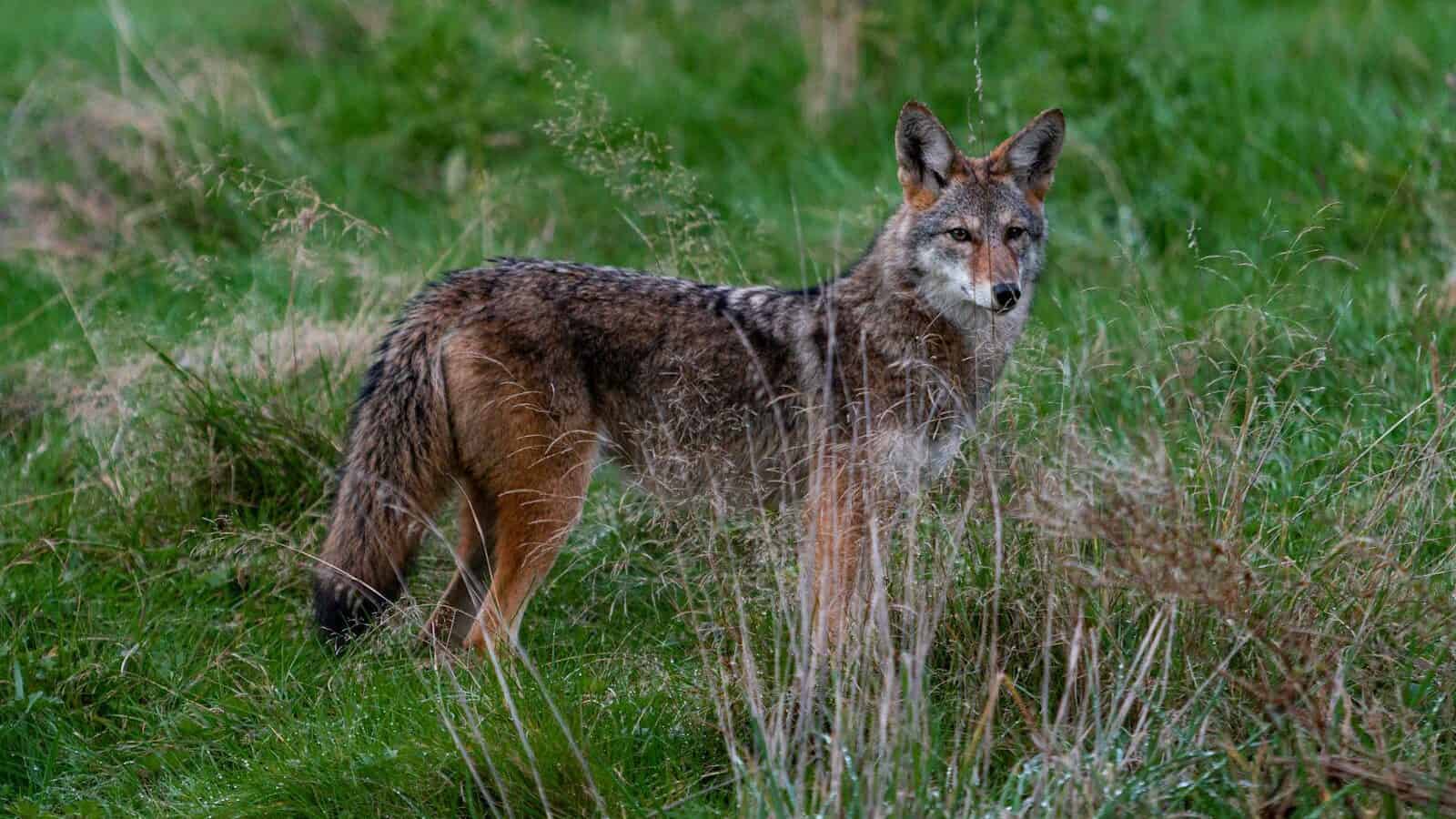
The coyote (Canis latrans) represents a relatively recent addition to the Carolinas’ year-round wildlife, having expanded eastward into the region primarily since the 1980s. These highly adaptable canids now occupy virtually every habitat type from mountains to beaches, urban centers to wilderness. Unlike some mammal species, coyotes neither hibernate nor migrate, maintaining active territories throughout all seasons. Their success stems largely from their omnivorous diet and behavioral flexibility, allowing them to thrive in human-altered landscapes where many native predators have declined. Population estimates suggest approximately 30,000-45,000 coyotes now reside across North and South Carolina, with densities ranging from 1-2 animals per square mile in rural areas to higher concentrations in some suburban environments.
Coyotes have rapidly assumed important ecological roles as mid-sized predators in Carolina ecosystems, helping control populations of rodents, rabbits, and white-tailed deer. They adapt their social behavior seasonally, typically hunting alone or in pairs during summer but sometimes forming larger family groups in winter. Their diet shifts with availability, consuming more fruits and insects during summer and fall while focusing on mammalian prey during winter months. Though sometimes controversial due to conflicts with pets and livestock, research indicates coyotes provide valuable ecosystem services by controlling deer populations and even potentially benefiting ground-nesting birds by suppressing smaller predators like raccoons. Their successful establishment throughout the Carolinas represents one of the most significant changes to the region’s predator communities in the past century.
Freshwater Fish: Aquatic Year-Round Residents
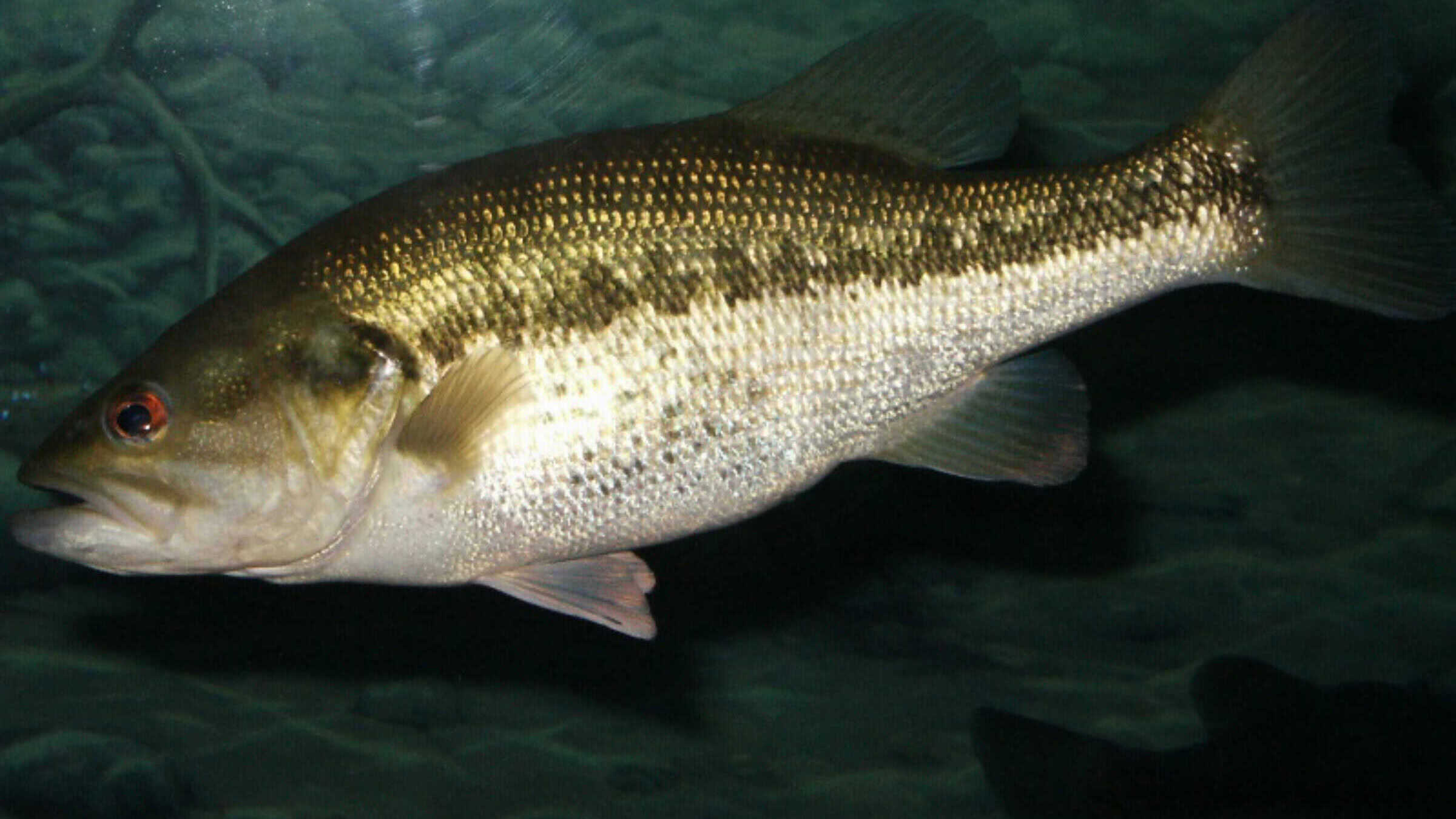
The rivers, lakes, and streams of the Carolinas support diverse communities of freshwater fish that maintain year-round residence without migration. Species like largemouth bass (Micropterus salmoides), bluegill (Lepomis macrochirus), and channel catfish (Ictalurus punctatus) have adapted to seasonal changes in water temperature and flow regimes through physiological and behavioral adjustments. During colder months, many fish species reduce their metabolic rates and move to deeper water where temperatures remain more stable. Rather than migrating, these species find thermal refuges within their aquatic habitats, allowing them to persist through seasonal extremes.
The diversity of Carolina freshwater fish is remarkable, with North Carolina alone hosting over 200 native species—one of the highest counts of any state east of the Mississippi River. This includes numerous endemic species found nowhere else, particularly in the southeastern river basins. These year-round aquatic residents face challenges from water quality degradation, dam construction, and invasive species, yet they continue to fulfill crucial ecological roles in nutrient cycling and energy transfer. Many species, like the redbreast sunfish (Lepomis auritus) and Carolina madtom (Noturus furiosus), have developed specialized adaptations to the unique seasonal flow patterns of Carolina waterways, allowing them to thrive through floods and droughts while maintaining their permanent residence in these dynamic aquatic ecosystems.
Conservation Challenges and Successes

The year-round wildlife of the Carolinas faces numerous conservation challenges in the 21st century. Habitat fragmentation from development, invasive species, climate change, and pollution all threaten native populations. The region’s rapid population growth—with North Carolina among the fastest-growing states in the nation—continues to convert natural areas to human use. Species with specific habitat requirements or limited dispersal abilities, like the eastern box turtle, face particular challenges adapting to these landscape-level changes. Meanwhile, rising temperatures and shifting precipitation patterns are already affecting seasonal timing for many species, potentially disrupting ecological relationships that have evolved over millennia.
Despite these challenges, numerous conservation success stories demonstrate the resilience of Carolina wildlife when given adequate protection. The American alligator’s recovery from near-extinction represents one of the region’s most dramatic conservation triumphs. Similarly, river otter populations have rebounded significantly following reintroduction efforts in the 1990s. The establishment of protected areas like the 500,000-acre Pisgah and Nantahala National Forests, the ACE Basin National Estuarine Research Reserve, and numerous state wildlife management areas provides crucial habitat for year-round residents. Collaborative conservation initiatives involving government agencies, non-profit organizations, and private landowners continue working to ensure the Carolinas’ remarkable biodiversity persists through changing conditions, protecting the ecological integrity that makes this region biologically exceptional among eastern states.
- Wildlife Encounters You Might Have on a Spring Hike - August 23, 2025
- Wildlife That Thrives in the Carolinas Year-Round - August 23, 2025
- The Role of Bears in Keeping Forests Healthy - August 23, 2025

